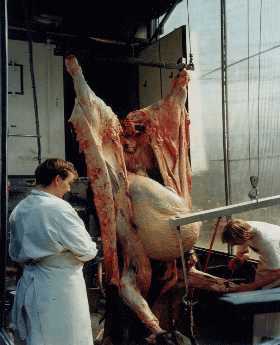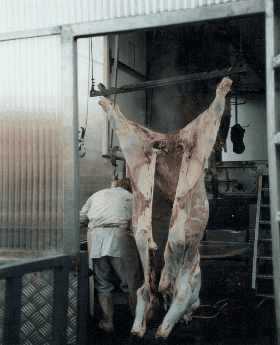

The increasing spreading of organic farming has brought about a mounting need to find methods for measuring the internal quality of nutrition. In this context, biophotonic measuring has met with particular interest.
Biophotonic research was initiated by the Russian scientist and researcher Alexander Gavrilovitch Gurvitch. He discovered that cells radiate minute quantities of light. These quantities of light correspond approx. to the intensity of a candle flame seen from a 20-m distance. During and after World War II, cell radiation research was forgotten in the West. Its revival is largely the achievement of the German biophysicist Fritz Albert Popp who is the head of the Biophysikalisches Zellforschungsinstitut (The Biophysical Cell Research Institute) in Kaiserslautern, Germany.
The development of the biophotonic multiplier (light multiplier) made it possible to measure the smallest biophotonic currents (bios = life; photon = light), i.e. light that is emitted by live cells. This invention permitted to increase the exactness of the measurement many times over. It requires, however, expensive and complex measuring equipment that includes computer evaluation, in order to measure the radiation adequately.
The number of research groups who work on cell radiation, as well as the relevant literature is constantly increasing. In this context, I would like to mention the book "Biophotonen - Das Licht in unseren Zellen" (Biophotons - the Light in Our Cells) by Marco Bischof, printed by the publishing house Zweitausendein and the book by Fritz Albert Popp "Neue Horizonte in der Medizin" (New Dimensions in Medicine", in which he treats subjects such as cancer, natural healing methods, acupuncture as well as homeopathy. The results of the biophotonic research seem very promising in other related areas as well.
Until today, two schools oppose each other concerning
the explanation of the causes for cell radiation. One school is of the
opinion, to say it in a simplified way, that cell radiation is an outflow
of chemical reactions, to which no particular biological significance is
attributed. The other school regards the intensity of the cell radiation
if not "as an expression of a regulating field, at least as an indicator
of desired or less desired biological processes". There is a lot that supports
the validity of the latter interpretation.

